Slack Connect vs Microsoft Teams Connect: Better than email?
Slack Connect and its rival Microsoft Teams Connect both want to take internal business communications beyond the office


This article originally appeared in the March edition of IT Pro 20/20, available here. To sign up to receive each new issue in your inbox, click here.
Business communication is a hotly contested market with a slew of different services that your organisation can use for internal messaging. However, two companies that always seem to be pitted against each other in this space, Slack and Microsoft Teams, want to take this one step further. They want businesses to talk to other businesses from within their platforms, rather than use emails.
Slack is a communications platform that, at its most basic, offers internal instant messaging and document sharing services to businesses. Managers and employees create and use various ‘channels’ to talk to each other and these channels help to either differentiate departments or workflows, depending on the preference of the organisation.
Microsoft Teams is also a comms platform, but it has more emphasis on video conferencing and comes with Office 365 integration. It looks and feels very similar to Slack as it also uses ‘channels’ for collaboration. The two are fierce rivals, but currently seem to have the same goal: Make email obsolete.
What is Slack Connect?
Slack has never hidden its contempt for email and some would say its platform is entirely built for the purpose of squashing the legacy technology. But while businesses can use Slack to talk internally, until relatively recently they still had to depend on email to reach anyone outside their organisation. However, in June 2020, Slack launched a new feature to fix this and (in its mind) kill off email altogether – Slack Connect.
Users can connect with external parties by navigating to the sidebar in Slack and clicking on ‘Add Channels’. This will offer up two options: ‘Create a new channel’ or ‘Browse all channels’ and users will need to click on the former. The channel will need a name before it can be created and then, to make it different from your internal channels, you’ll need to send an invite to the outside party you wish to speak to. From there, the onus is on the receiver who needs to accept the link and set the same channel up on their end (in their own Slack account). This is then verified and approved by account administrators on both sides.
Slack Connect has been available for some time now and it has been boosted with plenty of newer capabilities. Many of these are part of Slack's post-pandemic strategy to position itself as a 'digital HQ' for the hybrid workforce. As such, Slack Connect also supports direct messages to individuals from external companies and also Slack Huddles, the company's quick-fire meeting function that includes both audio and video.
Sign up today and you will receive a free copy of our Future Focus 2025 report - the leading guidance on AI, cybersecurity and other IT challenges as per 700+ senior executives
What is Microsoft Teams Connect?
As Slack would have it, Microsoft Teams is a poorer version of its platform that is only dominating in the space because it comes bundled in with Microsoft's Office 365 suite of services -- the argument being that it is forced upon users rather than something they would necessarily choose to use. Microsoft disputes this, naturally, but it is now offering a service similar to Slack Connect, which it has also named 'Connect'.
Teams Connect is now generally available to all that use Microsoft's premier chat app. Admittedly, it works in a similar fashion to Slack Connect, with a channel created in the sidebar and a link to send to the outside organisation - approval will also be needed from administrators on both sides of the conversation.
RELATED RESOURCE

The challenge of securing the remote working employee
The IT Pro Guide to Sase and successful digital transformation
Connect will bring together two main core features, according to Microsoft. The first is the chat - or the ability to conduct it with external parties. And the second is 'shared channels', a feature that will be fully available from August 2022.
With its general release, Teams Connect also added more features, many of which have helped to differentiate it from Slack's version. These include app-building functions for developers within channels, more shared channels (up from 50 to 200), default security for B2B direct connect users and also admin support for the mobile version.
Slack Connect v Microsoft Teams Connect: Pros and cons
Users can only have a maxim of 20 organisations at one time with Slack Connect and bringing in anyone new to shared channels means taking someone out. You have to bear in mind that each connection has to be verified by the administrators of your account and the same process on the other end, so initially, it’s a lot more work than a simple email. But if you have a group of businesses you regularly converse with, having a shared channel is easier, faster and more collaborative – you’ll feel less like customers and partners, and more like colleagues. So far, there is no mention of any limits for the number of organisations you can link to with Microsoft Teams Connect.
The debate around whether or not Teams is as good as Slack is frankly pointless because, as the smaller firm keeps pointing out, Teams comes bundled in with Office 365. Slack on its own doesn’t offer the breadth of services that Microsoft does so the biggest benefit with Teams is working within a suite of services many companies already use. As such, linking Teams accounts together also enables different businesses to work on projects simultaneously. This can be done with Slack as it has an integration with Google Workplace (formerly G Suite) but it’s not one holistic platform, it’s multiple providers joined together.
However, as the first one to launch, Slack Connect has a head start on new features and security controls. Plus it’s soon to be operating under Salesforce which could potentially increase Slack’s business customers. Analysts suggest that the acquisition will see Salesforce using Slack Connect as an enterprise networking service.
Slack Connect v Microsoft Teams Connect: Why not just use email?
There are a number of issues that plague email, such as spam and phishing, which can slow productivity and also compromises a company’s security. Add to that the growing list of additional services people are now using to work remotely and connect to partners or customers, which all have to be installed and managed by IT, and things can get very messy, very quickly. Slack’s answer is to have everything you need – coworkers, partners, vendors, customers – in one place.
It requires a paid Slack account for both sender and receiver, which in itself is an argument to continue with email. While Slack is popular, particularly with startups, it’s but one service in a very competitive market. There’s a very high likelihood that the people you want to speak with are using Microsoft Teams, which reportedly surpassed 75 million daily active users mid-way through 2020.
RELATED RESOURCE

The state of Salesforce: Future of business
Three articles that look forward into the changing state of Salesforce and the future of business
Slack is determined to kill off email, however, and it recently added a function to Connect that lets users directly message individuals from outside their organisation. ‘Slack DMs’ works in the same way as Connect in that users send out an invite to a person at another organisation that is monitored by administrators on both sides. The function was initially launched with the option to add a bespoke message to the invite, but Slack had to shut that down after concerns were raised that it could be used to send abusive messages. Despite this, Slack DMs is now available with paid accounts and, so far, there isn’t a similar feature available on Microsoft Teams Connect.
There are lots of (often similar) benefits with both services and also plenty of room for new functions to be added. But it has to be said, there isn’t really enough in either to finally render email obsolete.
Bobby Hellard is ITPro's Reviews Editor and has worked on CloudPro and ChannelPro since 2018. In his time at ITPro, Bobby has covered stories for all the major technology companies, such as Apple, Microsoft, Amazon and Facebook, and regularly attends industry-leading events such as AWS Re:Invent and Google Cloud Next.
Bobby mainly covers hardware reviews, but you will also recognize him as the face of many of our video reviews of laptops and smartphones.
-
 Trump's AI executive order could leave US in a 'regulatory vacuum'
Trump's AI executive order could leave US in a 'regulatory vacuum'News Citing a "patchwork of 50 different regulatory regimes" and "ideological bias", President Trump wants rules to be set at a federal level
-
 TPUs: Google's home advantage
TPUs: Google's home advantageITPro Podcast How does TPU v7 stack up against Nvidia's latest chips – and can Google scale AI using only its own supply?
-
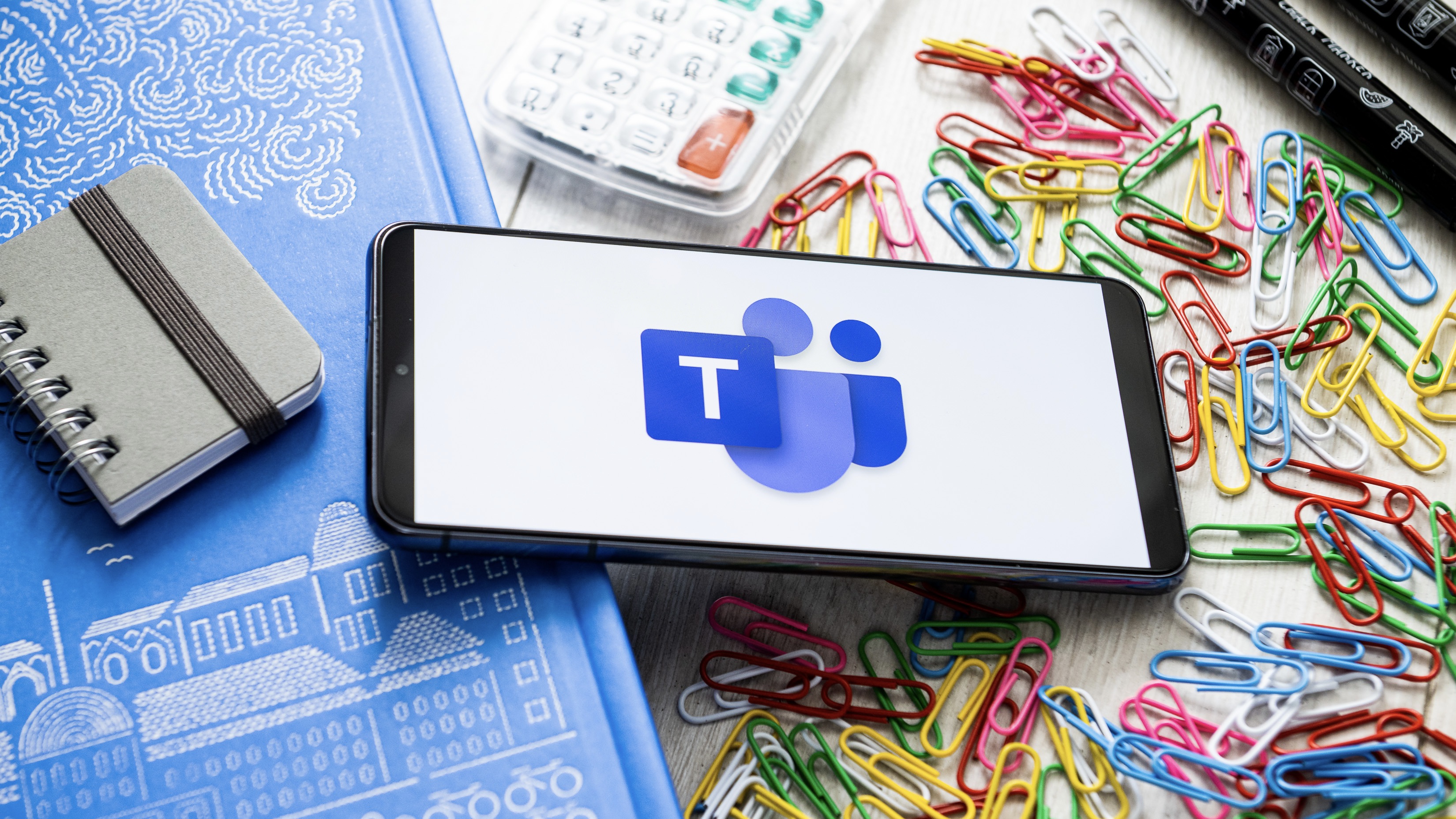 New Microsoft Teams features for business users
New Microsoft Teams features for business usersIn-depth All the latest Microsoft Teams features after the platform is given a redesign, complete with an AI-powered assistant and a faster engine
-
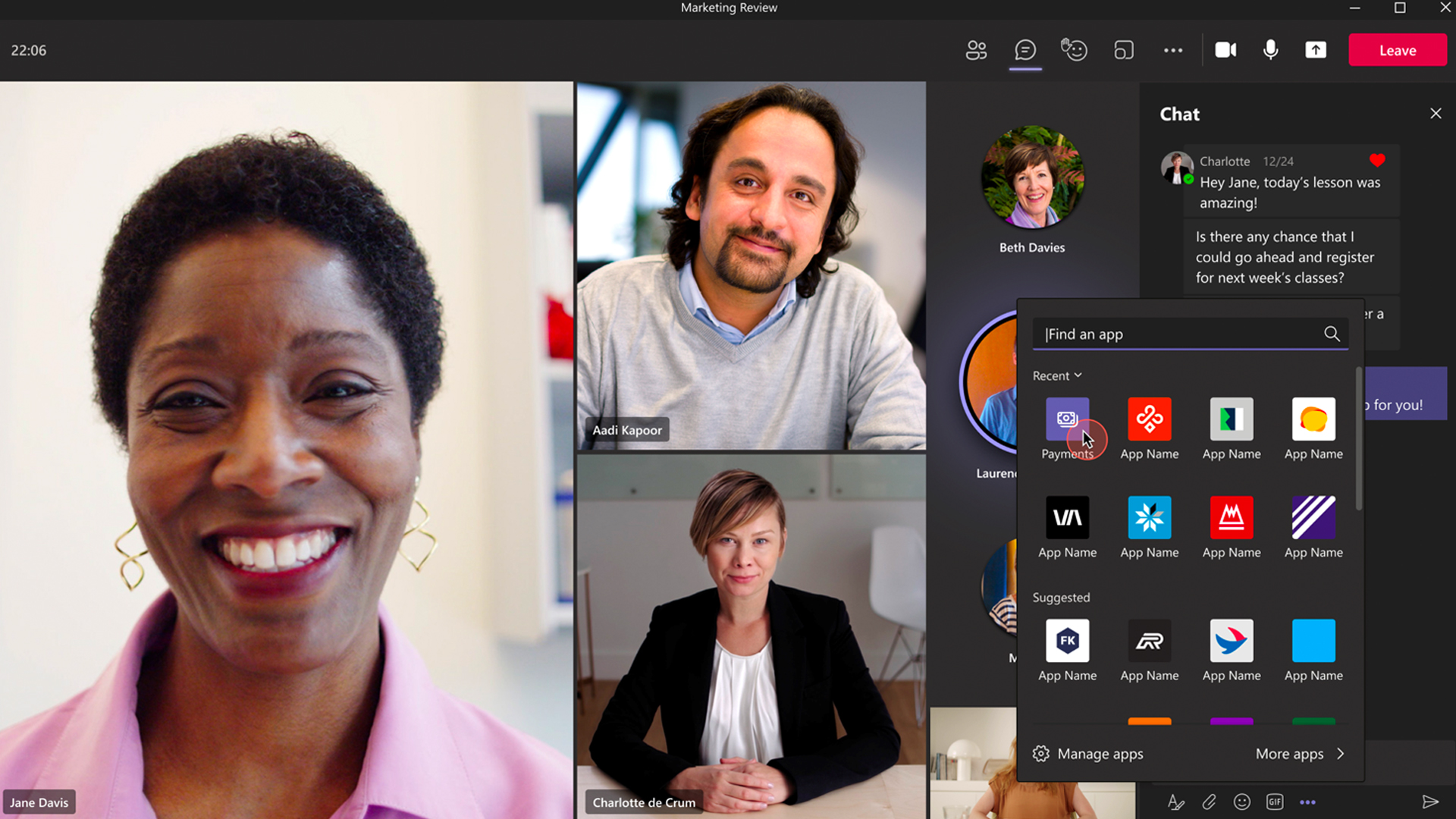 Microsoft Teams now allows SMBs to collect payments in meetings
Microsoft Teams now allows SMBs to collect payments in meetingsNews With the help of PayPal, Stripe, and GoDaddy, the Microsoft Teams Payments app offers in-meeting payment requests
-
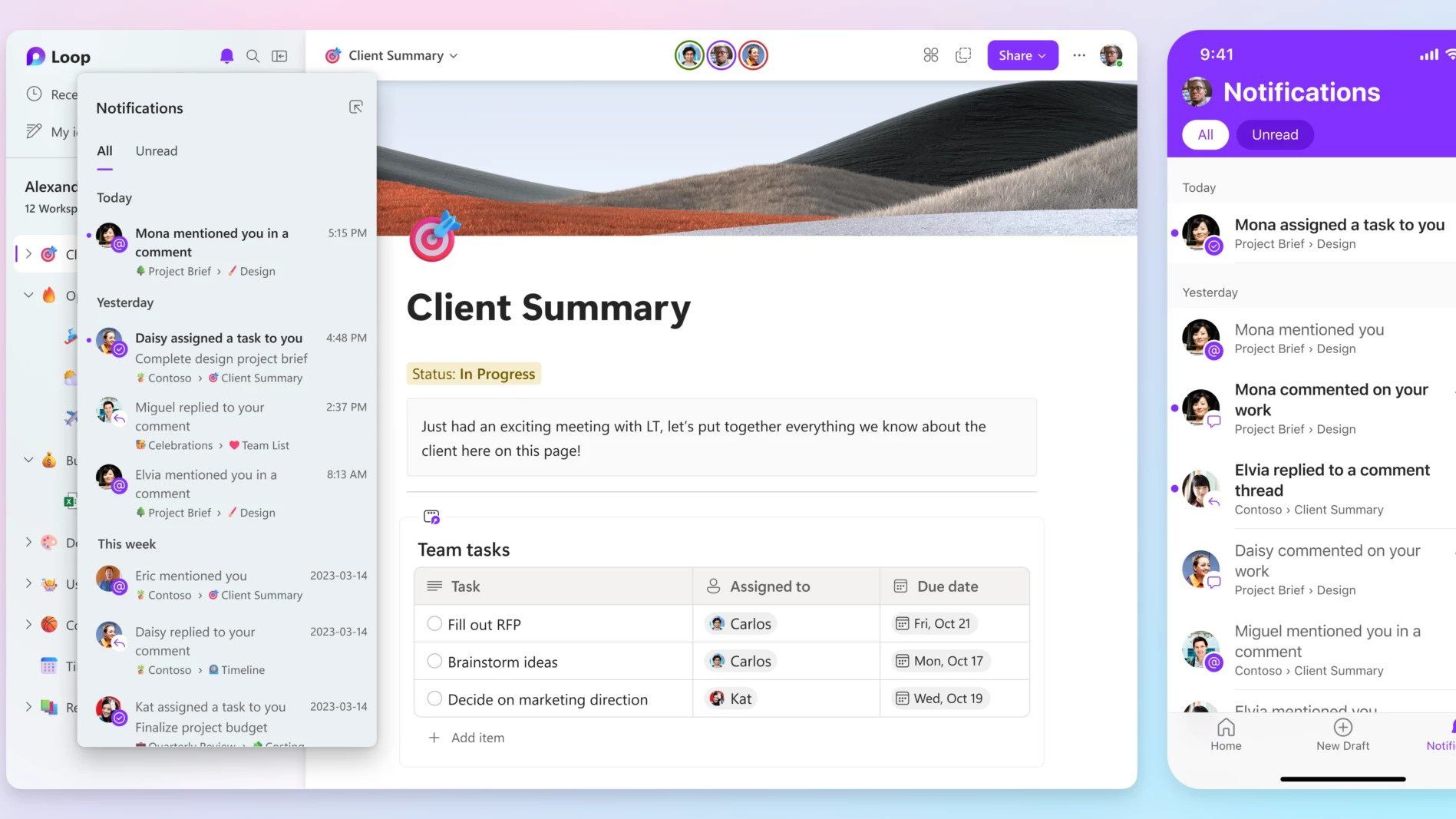 Microsoft launches collaboration platform Loop, its answer to Notion
Microsoft launches collaboration platform Loop, its answer to NotionNews Greater collaboration tools are coming to the Microsoft 365 suite, aiming to help teams work together without having to jump between different apps
-
 Meta Quest Pro preview: Meet Meta's 'laptop killer'
Meta Quest Pro preview: Meet Meta's 'laptop killer'Opinion We go hands-on with the Meta Quest Pro, as the firm banks on turning hardware preferences upside down
-
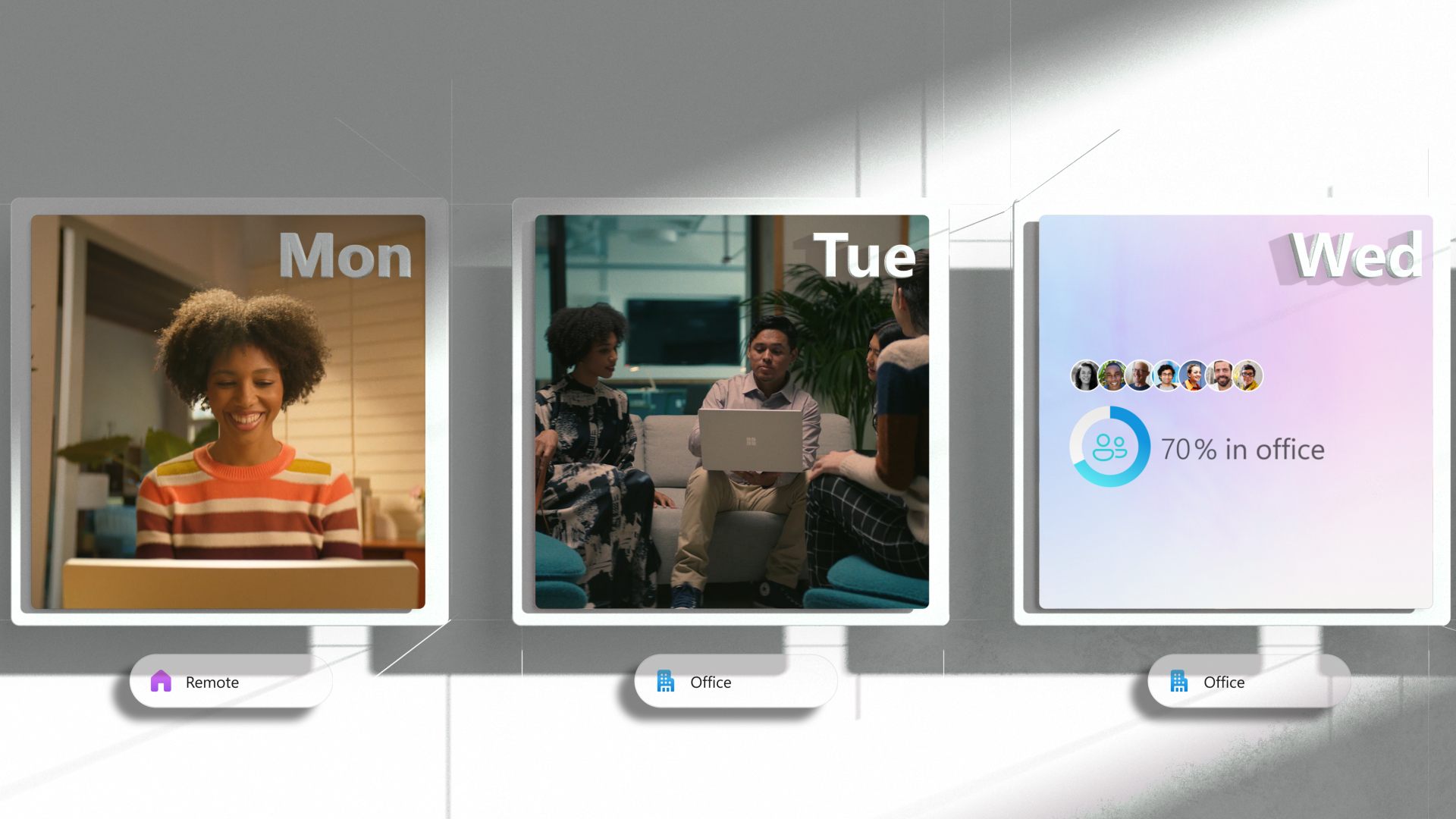 Microsoft launches Places, includes GPS-style navigation to help find meeting rooms
Microsoft launches Places, includes GPS-style navigation to help find meeting roomsNews The new app built specifically for organisations adopting a permanent hybrid work model brings new features to manage people and the workplace itself
-
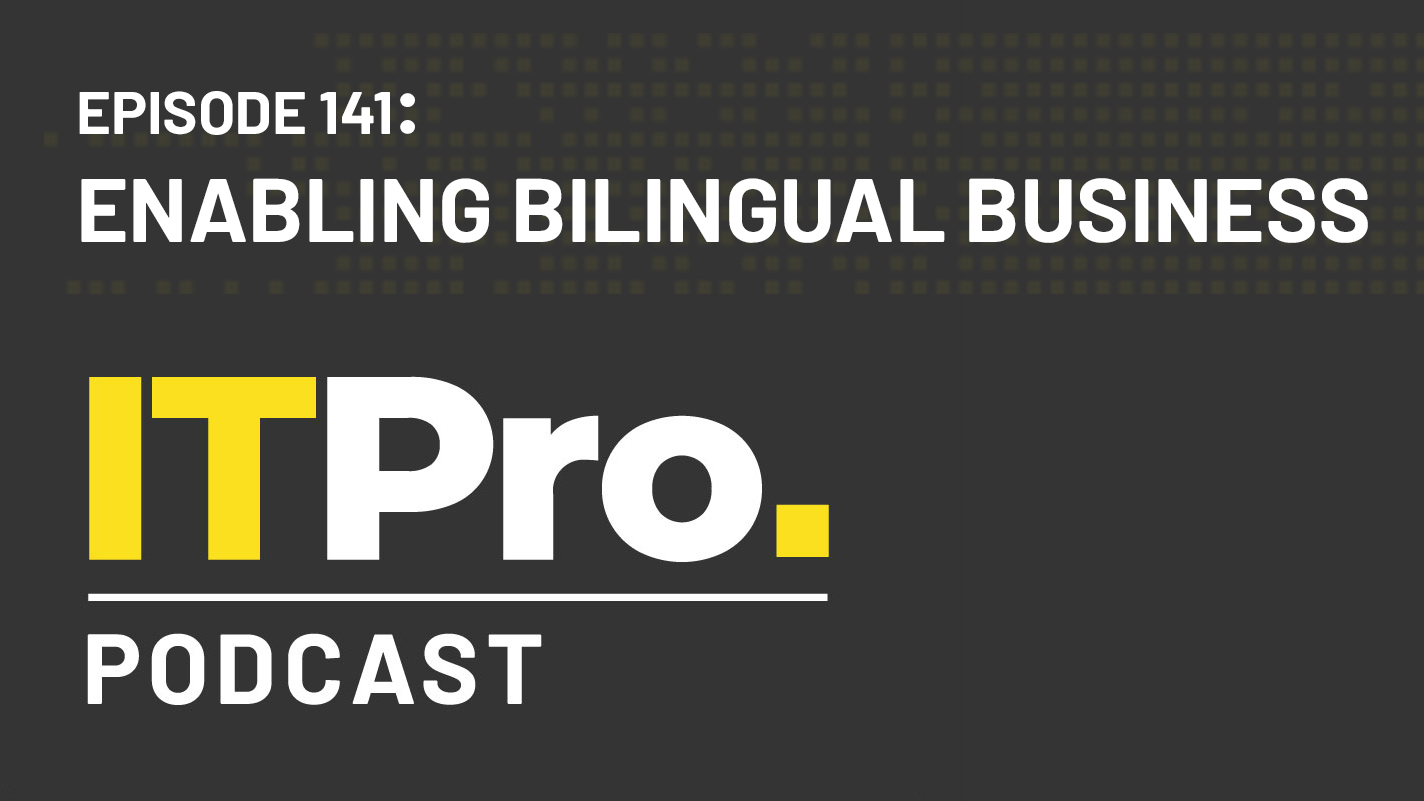 The IT Pro Podcast: Enabling bilingual business
The IT Pro Podcast: Enabling bilingual businessIT Pro Podcast How Wales is using digital tech to deliver a greater choice of languages
-
 Podcast transcript: Enabling bilingual business
Podcast transcript: Enabling bilingual businessIT Pro Podcast Read the full transcript for this episode of the IT Pro Podcast
-
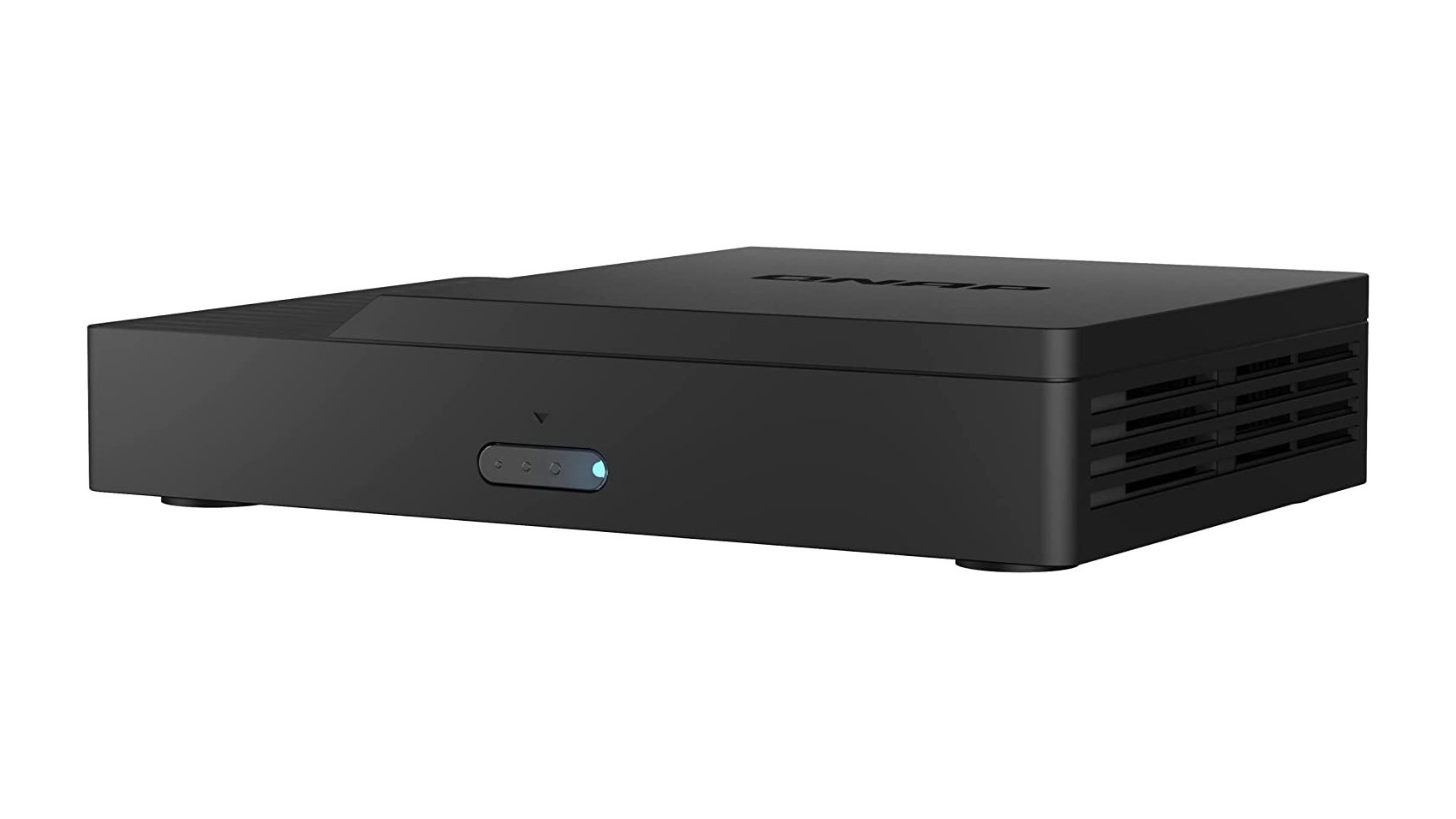
 Qnap KoiBox-100W review: An intriguing alternative
Qnap KoiBox-100W review: An intriguing alternativeReviews A versatile and affordable videoconferencing solution with great wireless screen presentation features
